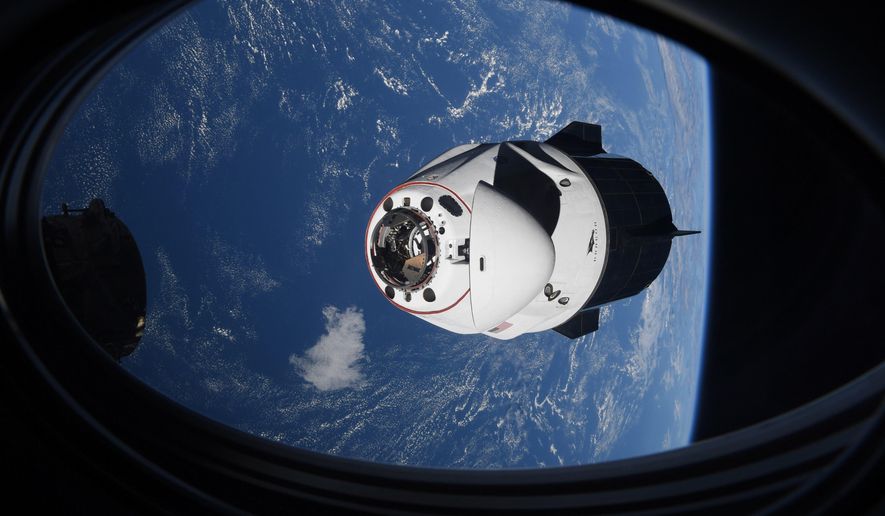Satellite operators in low-Earth orbit will now be required to deorbit and dispose of craft within five years of their mission’s end, after the FCC voted 4-0 Thursday to implement the “five-year rule.”
Low-Earth orbit refers to satellites and other objects orbiting at a height of 1,200 miles or less. Previously, operators had 25 years after the end of a mission to dispose of their satellites.
The FCC’s ruling acts as a way to mitigate the lack of space in space.
“Defunct satellites, discarded rocket cores, and other debris now fill the space environment, creating challenges for current and future missions. There are more than 4,800 satellites operating in orbit as of the end of last year, and the vast majority of those are commercial low-Earth orbit (LEO) satellites,” the agency explained.
Current satellite operators will have a two-year transition period to adjust to the new rule.
The new policy is a marked change to the laissez-faire attitude taken to space debris in previous decades.
“Since 1957 humanity has put about 10,000 satellites into the sky. More than half of those satellites are now defunct. Many of them were launched with the understanding that they were cheaper to just abandon than take out of orbit,” FCC Chairwoman Jessica Rosenworcel wrote.
Space clutter risks damage to new satellites and environmental damage from debris crashing and falling back to Earth.
“Like Vanguard 1 they stay in orbit for decades, careening around our increasingly crowded skies as space junk. That’s bad because it raises the risk of collisions that harm satellites we count on, makes it harder to launch new objects into higher orbits, and even has environmental consequences back on Earth,” Chairwoman Rosenworcel said.
FCC Commissioner Geoffrey Starks noted the economic effects of space debris on a burgeoning space industry.
“Without a safe operating environment, debris risk could escalate from a financial afterthought to a hazard that makes investors think twice, and could complicate operations in a way that slows or limits new space endeavors while driving up per-mission costs… In the long run, it doesn’t take a worst-case scenario to eliminate the favorable economics of new space,” Commissioner Starks wrote.
Commissioner Starks also said adapting to the new rule should be simple for most satellite operators, and that the effects of the five-year rule will benefit them as well.
“Most new systems in LEO don’t need 25 years for post-mission disposal, even above the lowest operational altitudes. And few operators would target 25 years if they shouldered the debris-related external costs of their systems. Compliance with the new rule will bend the curve of debris proliferation. It also will reduce collisions and free up resources that would otherwise go toward trying to avoid them,” Commissioner Starks said.
• Brad Matthews can be reached at bmatthews@washingtontimes.com.




Please read our comment policy before commenting.